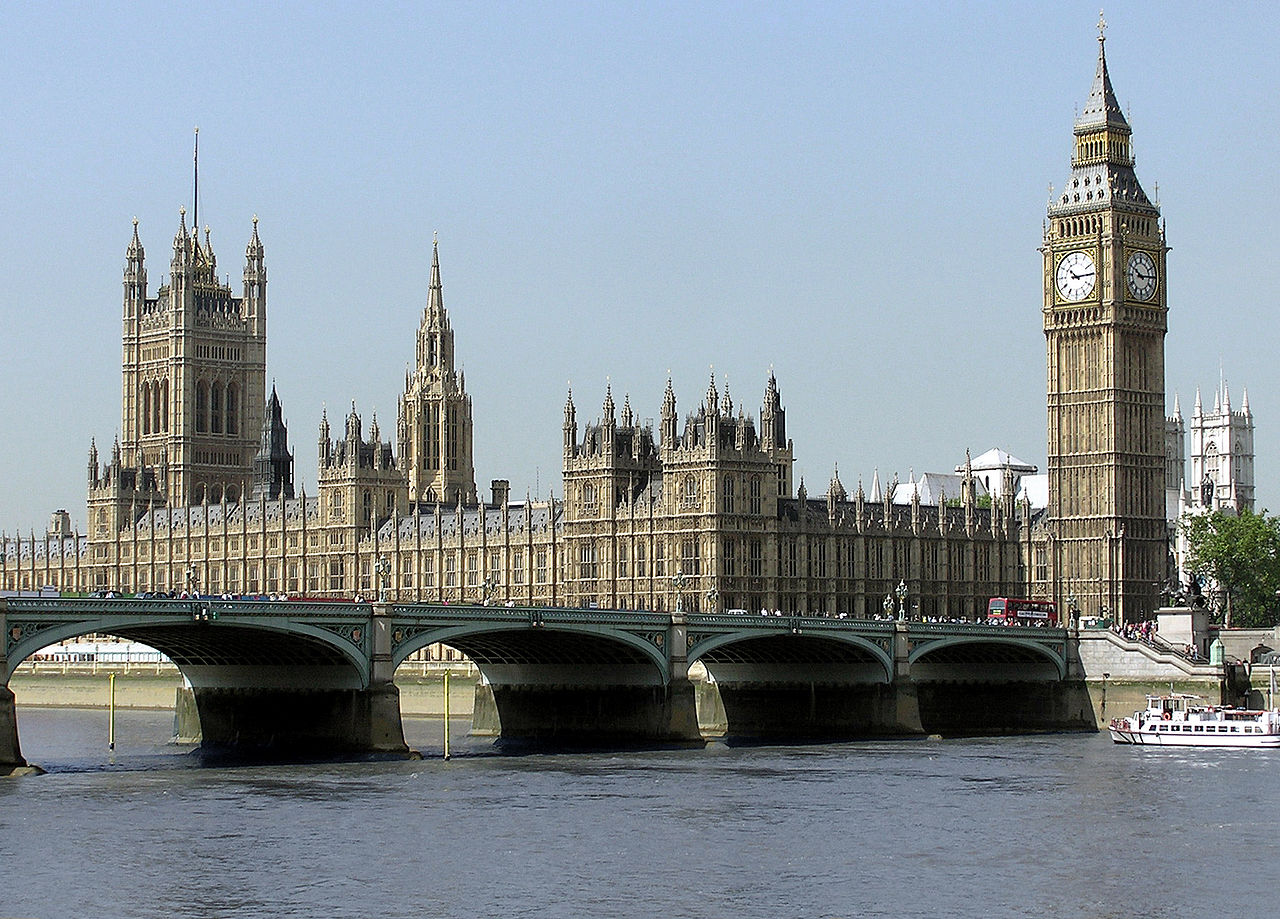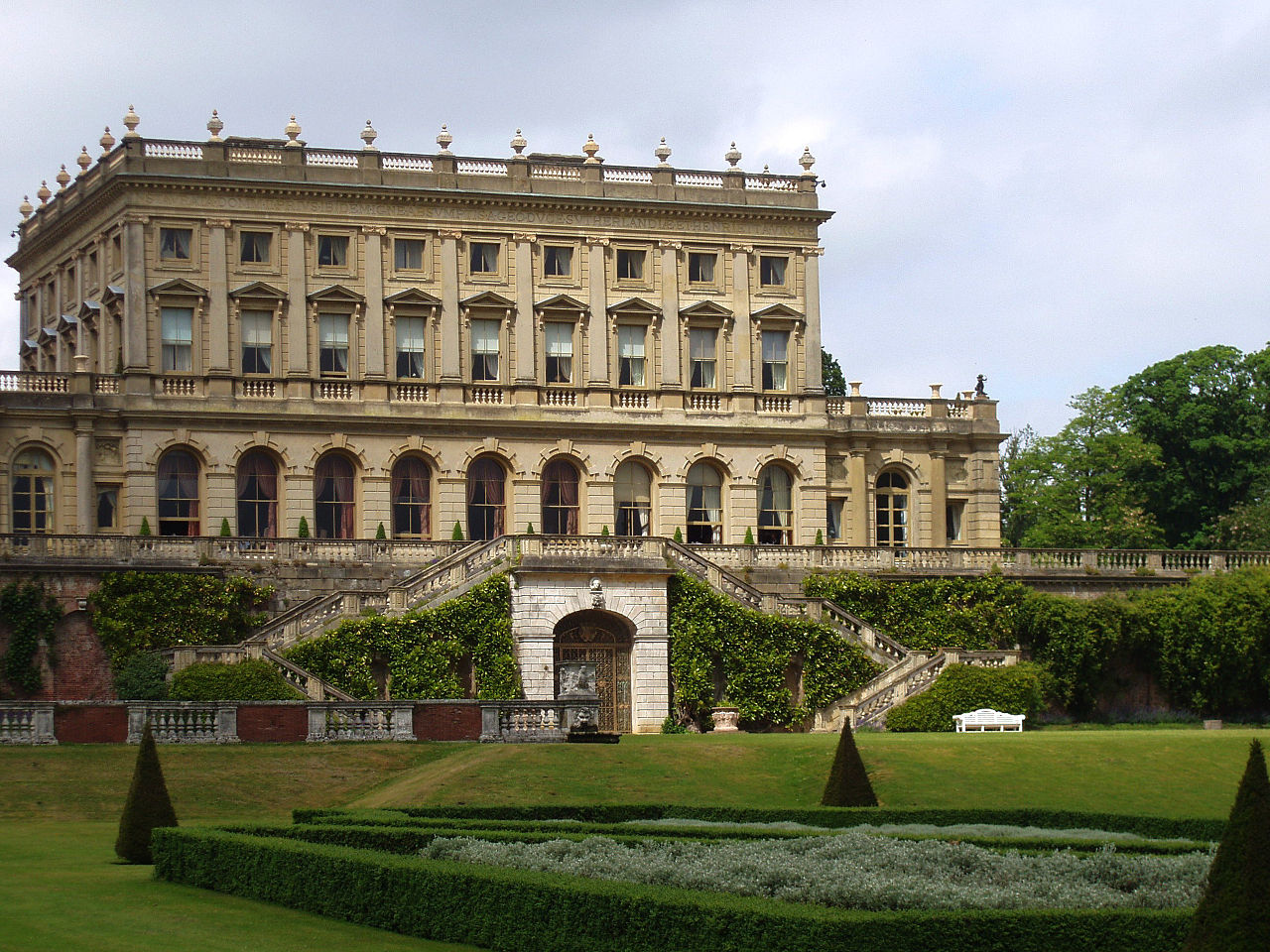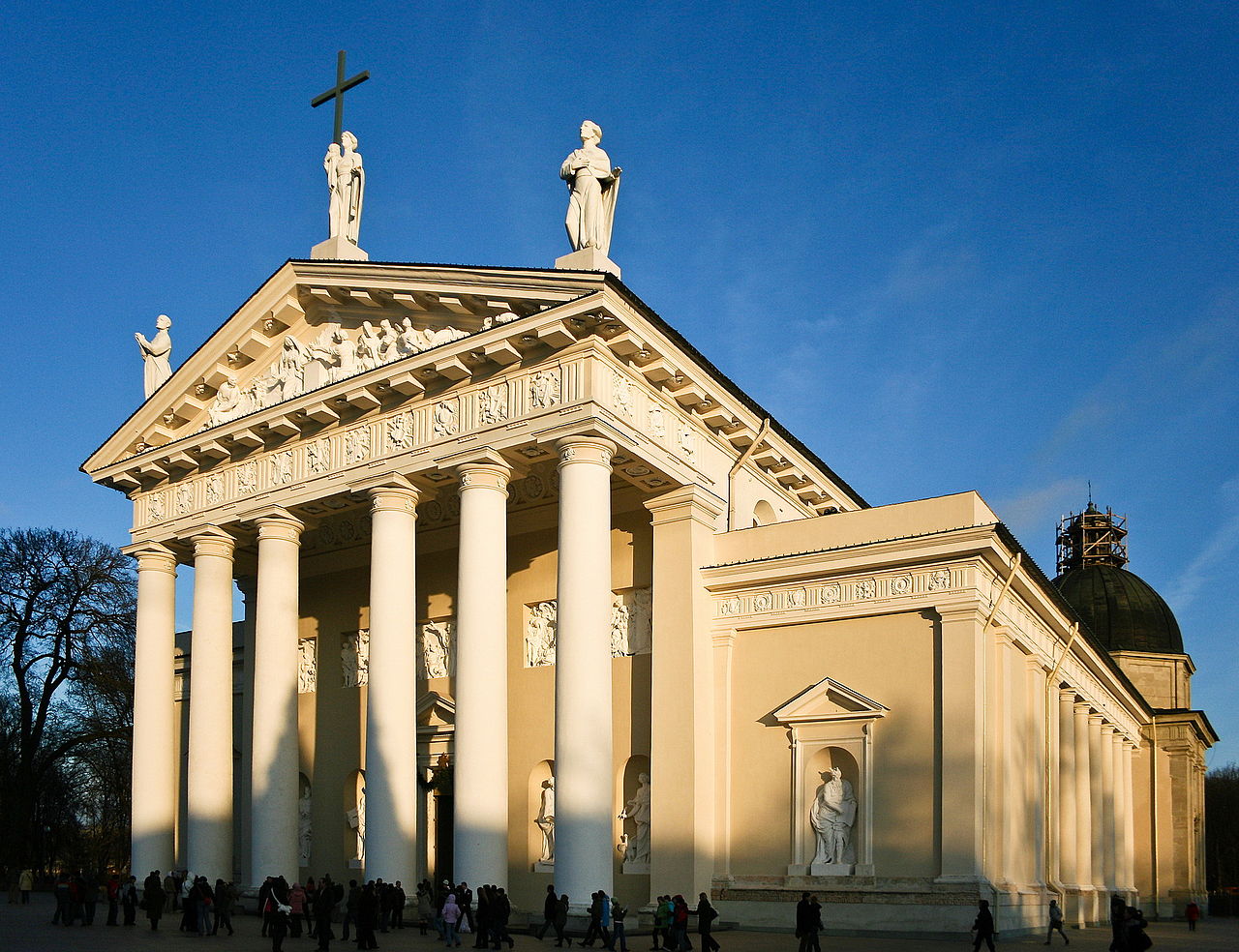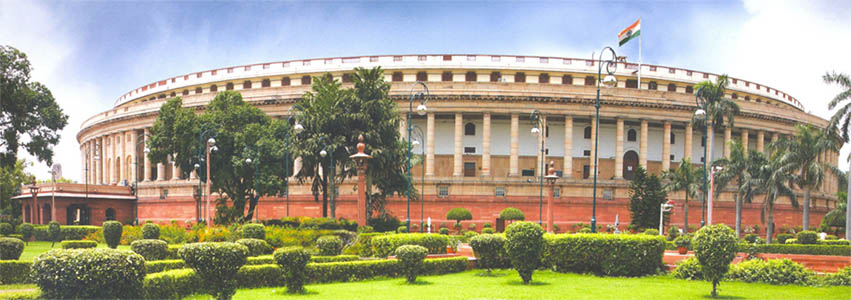Ah, the Victorian Era. Often romanticized as the era of the Queen and British elegance, the Victorian era also saw Great Britain turn into the world's number one superpower, invade and colonize Africa and parts of Asia that were left uncolonized, and use child labor to build up its industrial output. But besides all of that other bad stuff, there were also good things that happened! One of the most interesting things about the Victorian Era was the unique culture and art that arose in Britain during the time. Victorian architecture was especially awe-inspiring and beautiful. It was also new and unique at the time because it used the new industrial techonologies and capabilities to achieve new levels of size and complexity. The style itself was a mixture of the revival of historical styles mixed in with Asian influences from British colonies.
Victorian Architecture was a combination of styles, but among them Gothic medieval was very prominent. The following photo shows typical examples of Victorian buildings with heavy Gothic influences.

As you can see, it has very ornate patterns all around it, with a central feature being tens of small spires. Another important style was the Italianate style, shown below, with numerous repeating windows in a row, very few spires, and a simple yer elegant feel.

During the 18th century, a few English architects emigrated to the colonies, but as the British Empire became firmly established during the 19th century many architects emigrated at the start of their careers. Some chose the United States, and others went to Canada, Australia, and New Zealand. Normally, they applied architectural styles that were fashionable when they left England. By the latter half of the century, however, improving transport and communications meant that even remote parts of the Empire had access to publications such as the magazine The Builder, which helped colonial architects keep informed about current fashion. Thus, the influence of English architecture spread across the world. Several prominent architects produced English-derived designs around the world, including William Butterfield (St Peter's Cathedral, Adelaide) and Jacob Wrey Mould (Chief Architect of Public Works in New York City).
Greek architecture was very important for Victorian buildings, as this era saw the rise of Neoclassical style buildings. Below is an example.

This style combines the old Greek columns with more modern aspects, such as windows and rooms. Neoclassical architecture has spread around the world, with many US government buildings, such as the White House, being based on this style. Beyond just Neoclassicalism, British and Greek architecture are similar in that they both were made during the height of their respective empires' power and influence. As such, both styles emanate power and respect, which is why many are used in government buildings such as Congress and the Palace at Westminster. Similarly, both have had a wide ranging impact up to the modern era. British architecture was spread around the world through Britain very large empire and thus plays a prominent role in a lot of ex colonies' buildings. Greek architecture was spread around the world similarly through the influence of European culture on the world and its colonies, because ever since the Rennaissance the West had prized the Greek and Roman Classical Eras as very important parts of their education and their own culture. Ultimately, both styes are more similar than they are different.
While the British colonization of India was very horrible, it did lead to an interesting mixture of culture that I have personal experience with. Below is a very famous example, the Indian Parliament, which I have visited.

This building shows clear multicultural influences. Unlike most European buildings, it is circular, which is based on the Ashoka Chakra, a very important symbol for India that appears on its flag. However, the columns are certainly European and show how Great Britain continues to influence India and the world up to the present.